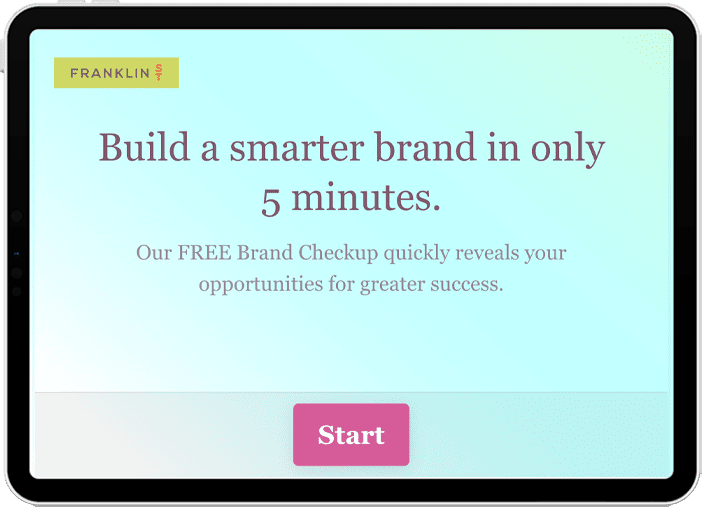In healthcare or any industry for that matter, a key to building a successful brand is a clear understanding of your audience—the patients or prospective patients in the community you serve. Patient personas are a critical tool for gaining this understanding. Well-crafted personas give healthcare marketers a vibrant picture of their patients and a means for evaluating their brand.
Hospitals and health care providers serve large, diverse communities. However, for a healthcare brand to resonate with anyone, it has to be developed with someone specific in mind.
The problem with patient personas is knowing where to begin. Unfortunately, with all of the responsibilities and deadlines that healthcare marketers face, the conversation often goes like this:
MARKETER 1: Who does our brand need to connect with?
MARKETER 2: Not sure. Every man, woman, and child in our entire service area?
MARKETER 1: Good enough. Moving on!
But where do you even begin? How do you get your arms around such a big problem? Should you just give up and flip burgers for a living?
Don’t despair. There’s good news ahead.
At Franklin Street, we’ve created a set of questions for anyone starting down the path of building patient personas. I give you…
The Five Questions to Ask About Your Patient Personas
1. Who are they?
This first question is the biggest one. As you look at the community you serve, you’ll likely see several key groups emerge along different dimensions (age, life stage, gender, etc). For each one, you should try to answer as much as you can about their demographics, lifestyle, employment, attitudes, interests, media consumption habits, etc. This is your chance to paint as detailed a picture as possible about who your patients are and what their lives are like.
2. What do they want from us?
For each group identified via question 1, determine what they want your brand to deliver.
What are their functional needs? For example, are you serving a young community with new families that need care from OB and pediatrics?
After identifying functional needs, identify the emotional needs of your brand. Is the patient looking for hope that they can beat cancer?
This question can take several forms, but until you know the emotional needs of your patient, you won’t know how to reach their hearts.
3. What do we want from them?
I know it might sound strange to talk about what you want from the patient during persona development. But it’s important to identify the end goal of connecting and engaging with your audience persona.
What is the ideal state of a relationship with your prospective patients? Are you looking to drive traffic to certain key service lines? Is there an opportunity to become their healthcare partner for life? If you’re a non-profit, are you looking for former patients to become donors and volunteers?
4. What do we want them to say?
In the words of the patient, what does an ideal opinion about your brand sound like? If they’re 100% satisfied, what will they say about you? To answer this question, we recommend writing down the specific language your audience is likely to use.
5. What do they currently believe?
This is vital. You have to know where your brand stands in the hearts and minds of your prospective patients and audiences. Don’t rely on anecdotes and what people inside your organization think the community thinks. Get out there and talk to people. Conduct focus groups, surveys, whatever it takes.
Once you answer these questions your personas should illuminate the following:
- Who constitutes your audience?
- What do they believe?
- What do you want your brand to accomplish?
These five questions are a great start to creating useful patient personas. You probably won’t have all the answers right away. That’s fine. Go through these questions, challenge assumptions, and call out where there’s missing information. You should see a roadmap start to form for your next steps to creating your patient personas.
If you want to dive deeper, you can read more about how we create patient personas here and get a better idea of how we fill in the missing information when answering these key questions.

